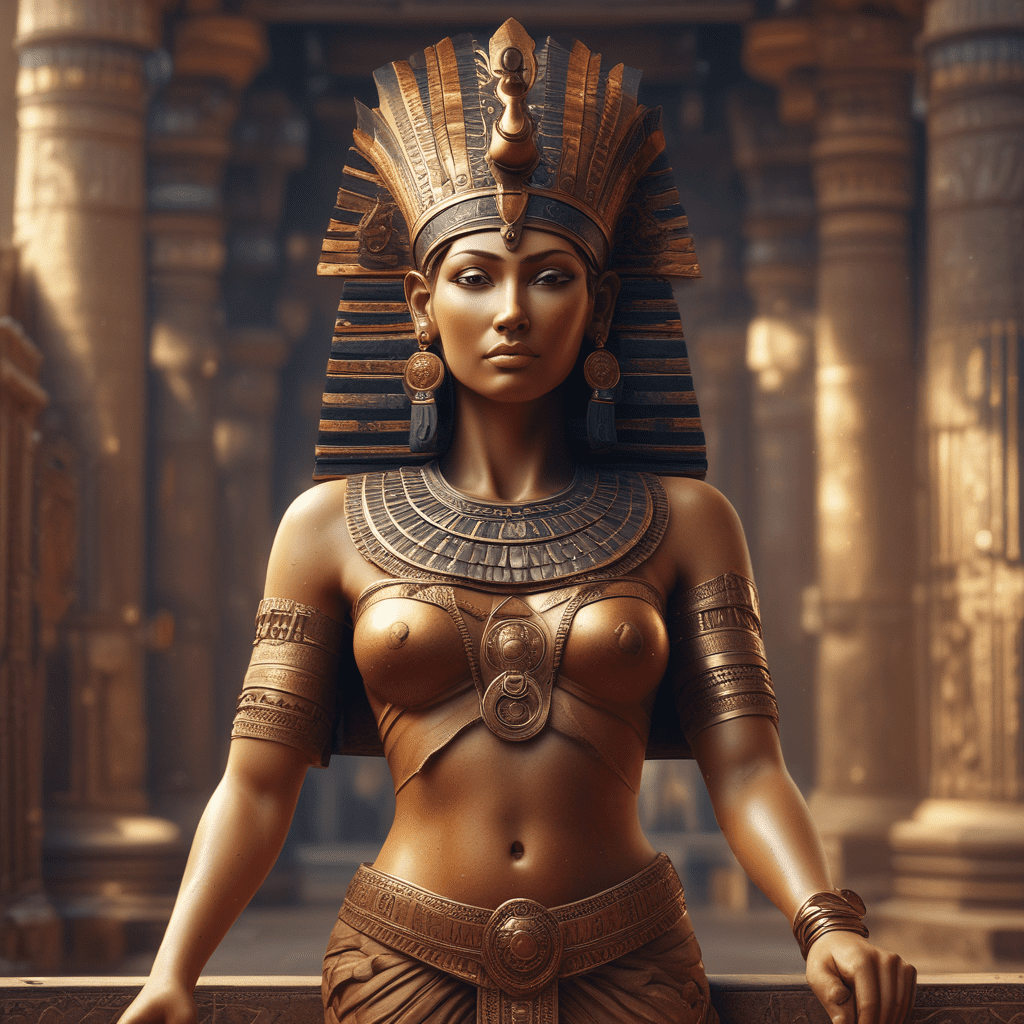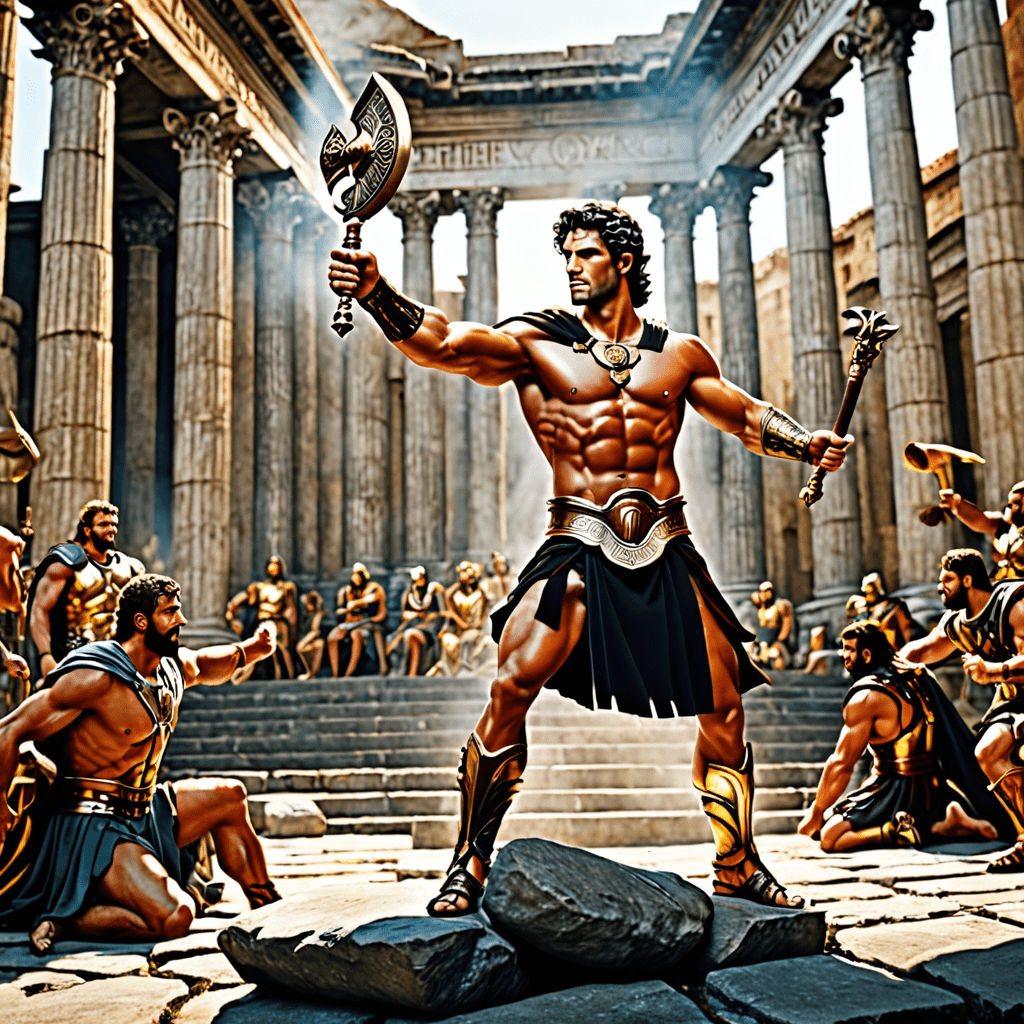The Myth of the Goddess Selket in Ancient Egypt
Who was Selket in Ancient Egyptian Mythology?
Selket, also known as Selqet or Serqet, was a prominent goddess in ancient Egyptian mythology. She was depicted as a woman with a scorpion symbol on her head or as a scorpion itself. Selket was associated with protection, healing, and magic, often invoked for safeguarding against scorpion stings and other dangers.
What was Selket’s Role in Ancient Egypt?
As a guardian deity, Selket played a crucial role in protecting the deceased in the afterlife. She was often invoked during funerary rituals to ward off evil spirits and ensure the safe journey of the soul to the next world. Selket was also known for her healing abilities, offering comfort and relief to those in pain.
Symbolism and Worship of Selket
Selket’s association with scorpions symbolized her dual nature – both venomous and healing. The scorpion, with its ability to harm and to heal (through its venom), represented the goddess’s power over life and death. In ancient Egypt, Selket was venerated in temples, where devotees sought her protection and blessings.
Legacy of Selket in Modern Times
Today, Selket continues to fascinate and inspire enthusiasts of Egyptian mythology and ancient history. Her legacy lives on in various forms of art, literature, and popular culture. As a symbol of protection and healing, Selket’s mythical essence resonates with those seeking strength and guidance in challenging times.
Frequently Asked Questions about the Myth of the Goddess Selket in Ancient Egypt
Who was Selket in Ancient Egyptian mythology?
Selket, also known as Selqet or Selcis, was a prominent goddess in Ancient Egyptian mythology. She was often depicted as a woman with a scorpion on her head or holding a scorpion. Selket was associated with protection, healing, and magic.
What was Selket’s role in Ancient Egyptian mythology?
Selket was primarily known as a goddess of protection and healing. She was believed to protect the deceased during their journey through the afterlife and was also considered a guardian of medicine and magic. Selket was closely connected to the process of mummification and was often invoked to help ward off harmful spirits.
Where was Selket worshiped in Ancient Egypt?
Selket was widely venerated throughout Ancient Egypt, but her cult centers were particularly prominent in the city of Letopolis (modern-day Ausim) and in the ancient city of Saïs in the Nile Delta. Temples dedicated to Selket were places of healing and protection, where people sought her aid in times of illness or distress.
What symbols were associated with Selket?
Selket was commonly represented by the image of a woman with the head of a scorpion or as a woman holding a scorpion. Scorpions were believed to



